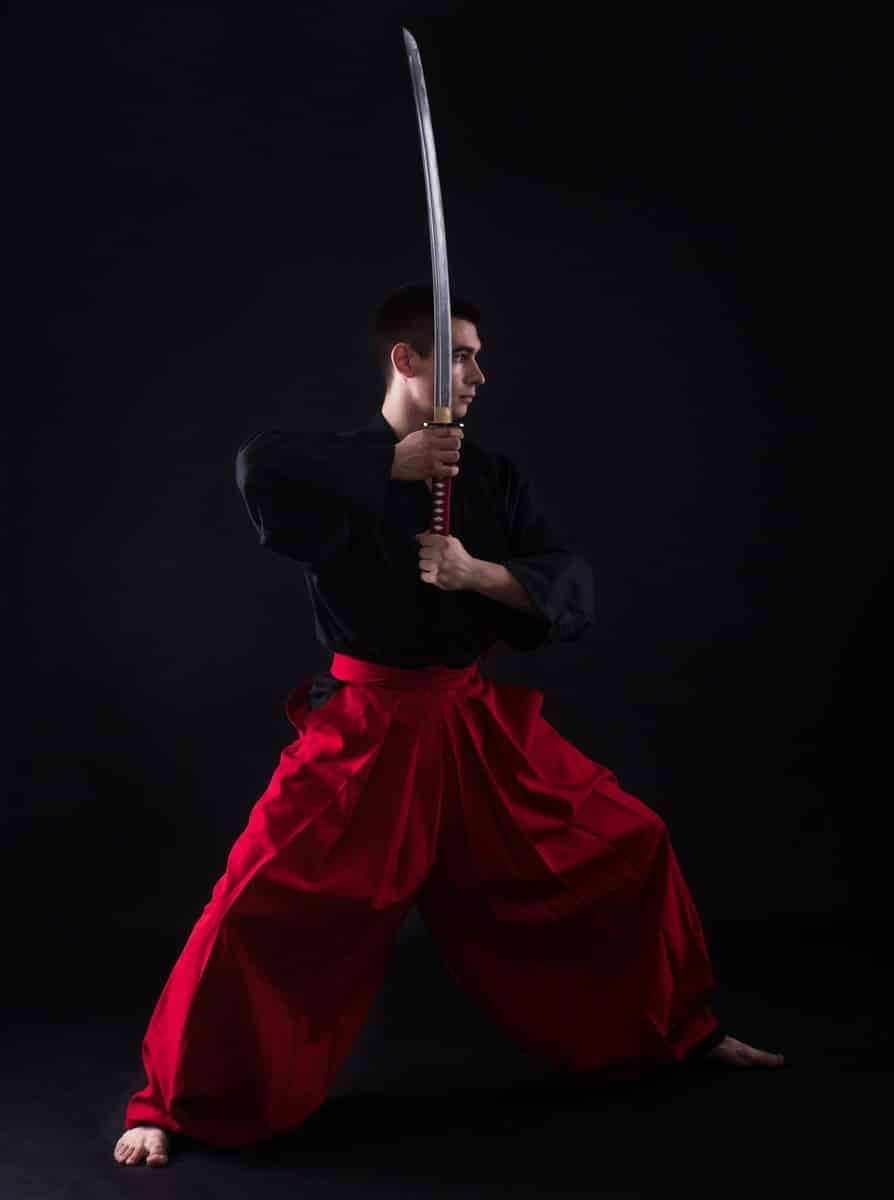


At times iaidoka will practice accomplice kata like kendo or kenjutsu kata. To appropriately perform the kata, iaidoka likewise learn carriage and development, hold and swing.

Iaidoka are regularly prescribed to practice kendo to safeguard that battling feel it is normal for high positioning kendoka to hold high rank in iaido and the other way around. Notwithstanding sword method, it obliges creative ability and fixation to keep up the inclination of a genuine battle and to keep the kata new. Every kata starts and finishes with the sword sheathed.

Iaido is for the most part performed solo as an issue of kata, executing changed strategies against single or various fanciful rivals. Iaido is a reflection of the morals of the classical warrior and to build a spiritually harmonious person possessed of high intellect, sensitivity, and resolute will. Iaido is an intrinsic form of Japanese modern budo. Iaido encompasses hundreds of styles of swordsmanship, all of which subscribe to non-combative aims and purposes. The term emerged from the general trend to replace the suffix -jutsu ( 術) ("the art of") with -dō ( 道) in Japanese martial arts in order to emphasize the philosophical or spiritual aspects of the practice. The term "iaido" approximately translates into English as "the way of mental presence and immediate reaction", and was popularized by Nakayama Hakudo. The last character, 道, is generally translated into English as the way. The secondary emphasis is on drawing the sword and responding to the sudden attack as quickly as possible (合). Thus the primary emphasis in 'iai' is on the psychological state of being present (居). The origin of the first two characters, iai ( 居合), is believed to come from saying Tsune ni ite, kyū ni awasu ( 常に居て、急に合わす), that can be roughly translated as "being constantly (prepared), match/meet (the opposition) immediately". The term "iaido" appears in 1932 and consists of the kanji characters 居 (i), 合 (ai), and 道 (dō). The 20th generation, Onoe Masamitsu, inherited it and passed it to the current 21st generation, Sekiguchi Komei.Haruna Matsuo sensei (1925–2002) demonstrating Muso Jikiden Eishin Ryu kata Ukenagashi Yamauchi Toyotake taught many students in Tokyo and Kyoto and even served when called to do military service in 1941. Yamauchi Toyotake, the 18th generation headmaster is the grandson of Yamauchi Yodo, the daimyo of Tosa. Masamichi also organized the waza into logical order within each set. He changed the names of the Omori-ryu and Hasegawa-ryu, (both styles were integrated into Eishin-ryu at the time) into Seiza no Bu and Tatehiza no Bu. The 17th generation headmaster, Oe Masamichi formalized many of the waza in Muso Jikiden Eishin Ryu. The 9th generation headmaster, Hayashi Rokudayu Morimasa, served the Tosa domain and established Eishin-ryu there. The title ‘Muso’ (unparalleled / peerless) refers to the fact that Hasegawa Eishin was praised by Toyotomi Hideyoshi as “a swordsman without equal” when he saw a demonstration of his iaijutsu. He also served the Tokugawa family in Nagoya and excelled in Kyudo. The term ‘Eishin’ came from 7th generation headmaster, Hasegawa Chikaranosuke Eishin, who officially called the art Muso Jikiden Eishin-ryu. It is said he confined himself for approximately a hundred days in the Hayashizaki Myojin Shrine, where he received divine inspiration for a new body of sword techniques using a long sword. The founder of Muso Jikiden Eishin-ryu was Hayashizaki Jinsuke Shigenobu, who also founded Hayashizaki Shimmei Muso-ryu, Muso-ryu, Hayashizaki-ryu, Hayashizaki Jinsuke-ryu, Muso Shinden-ryu, and Jushin-ryu. Muso Jikiden Eishin-ryu (無雙直傳英信流居合術) translates to “peerless, direct transmission, true-faith style.” It is the second oldest martial art from Japan with an unbroken history of 450 years that was founded in 1590.


 0 kommentar(er)
0 kommentar(er)
